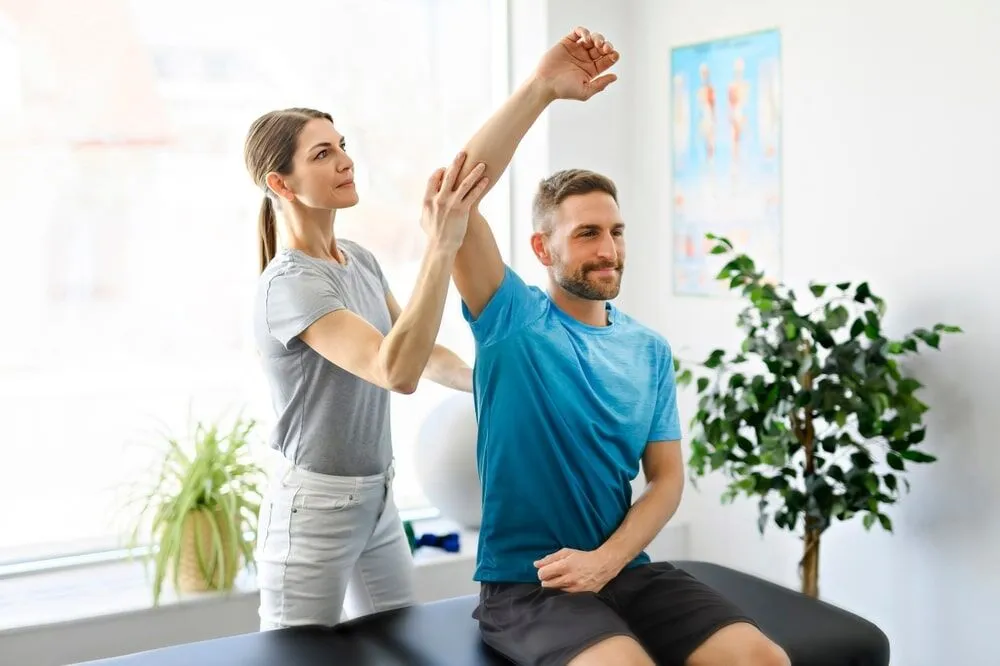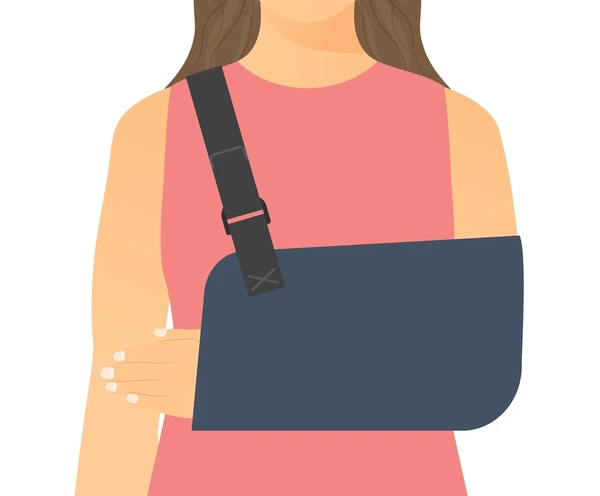The biceps tendon may help healing after a shoulder replacement

In Oregon Shoulder Institute, we are exploring ways to optimize outcomes after shoulder replacement including subscapularis repair techniques. During either reverse or anatomic shoulder replacement, the first portion of the biceps tendon is removed and as part of the procedure to allow access to the shoulder joint. However, instead of discarding the tendon we developed a technique that explored the possibility of using this segment to promote subscapularis healing at the repair site after implant placement since the biceps tendon has biologic properties that may stimulate healing.
Our technique can be seen here:
https://www.jsesreviewsreportstech.org/article/S2666-6391(22)00085-2/fulltext
Subscapularis failure could lead to implant instability and weakness after surgery. These complications have led surgeons to explore new ideas for optimizing subscapularis healing. Some have used grafts from other individuals (allografts) and body areas (autografts), however, bicep tendon use is less costly, avoids extraction from other body regions and an immune reaction when using allografts. Based on these, we explored the potential of the biceps tendon to avoid instability and maintain subscapularis function on the long-term by promoting subscapularis healing.

Figure 1. Image showing the steps taken to place and suture the biceps tendon patch over the subscapularis repair site after implant placement during shoulder arthroplasty.
Similar posts



